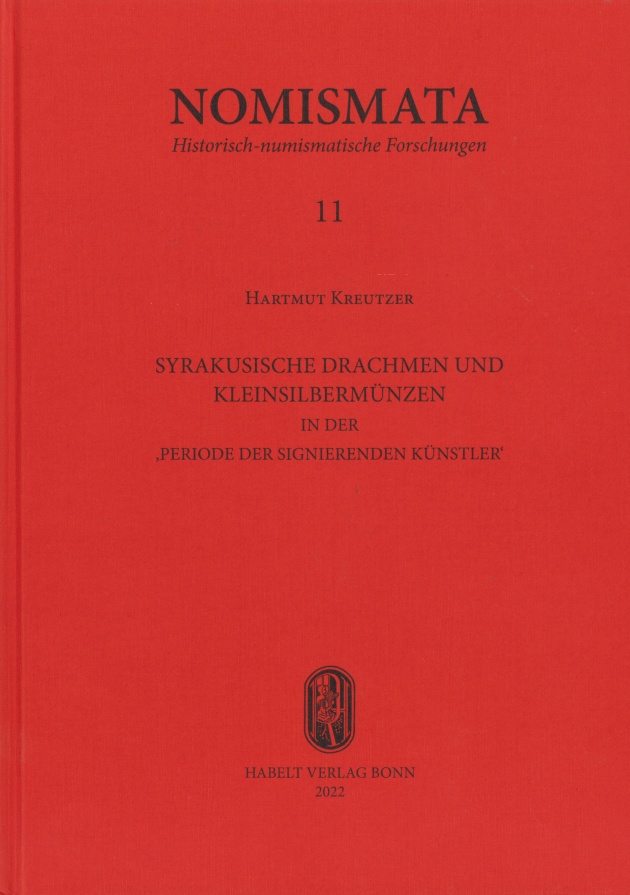
The Internet brought about countless developments that no one could have predicted. One of them lies in the fact that small coins seem as large as heavy silver coins when looking at pictures of them online. This means that, thanks to the Internet, many collectors became aware of the fact that the production of the dies for small Greek drachms, tetrobols and obols required the same level of artistry as those of the previously preferred tetradrachms. Therefore, the prices paid for perfect small coins have multiplied in the past two decades. And small coins finally receive the attention they deserve. In the new NOMISMATA volume edited by Hertha Schwarz and Johannes Nollé, Hartmut Kreutzer, an enthusiastic collector himself, deals with Syracusan drachms and small coins from the period of signing artists. He presented a die study that is to become the standard work on the subject.
The Author
German coin collectors and dealers are probably familiar with Hartmut Kreutzer. He’s one of the most prolific authors of the current numismatic scene. Virtually every month, one or several articles by him are published in the numismatic collectors’ press. Especially during his political battle against the poorly devised German Cultural Property Protection Act, Hartmut Kreutzer made a name for himself with his well-researched articles on the legal situation. And there’s a good reason for it: he’s actually a lawyer. He has pursued numismatics as a passion ever since he retired. Another result of this passion is this work on Syracusan drachms and small silver coins from the period of signing artists, which fulfils all expectations one may have regarding a scholarly die study.
Catalogue and Die Study with Historical and Archaeological Commentary
Actually, we can put it quite briefly. The book contains exactly what one expects from a scholarly work on a specific group of coins: a historical and archaeological commentary, a presentation of all relevant sources and research opinions, a catalogue and an extensive die study. The pictures are excellent because the author mostly used images from auction houses.
The subject builds on the great work by Tudeer, which has recently been translated into English by Wolfgang Fischer-Bossert and was completely revised. This book, originally published in 1913 in German, exclusively dealt with tetradrachms, which is why Hartmut Kreutzer’s work fills a gap. He drew up a chronological table of small coins and reconstructed the denomination system of Syracusan silver coinage. Now, international numismatics is faced again with the problem that an important work on Syracusan coinage is published in German, a language that is no longer read by many English-speaking numismatists. But don’t worry: at least there’s a one-page summary in English.
To conclude, there’s just one thing left to say: if you want to identify your coins using the latest research, you must purchase this book. Its retail price of 49 euros is actually more of a nominal fee. The book couldn’t have been this affordable if the Künker auction house hadn’t covered the entire printing costs.
A collector, an auction house and scholars publishing the work in a scholarly series: collaboration in numismatics really can’t get any better than this.



